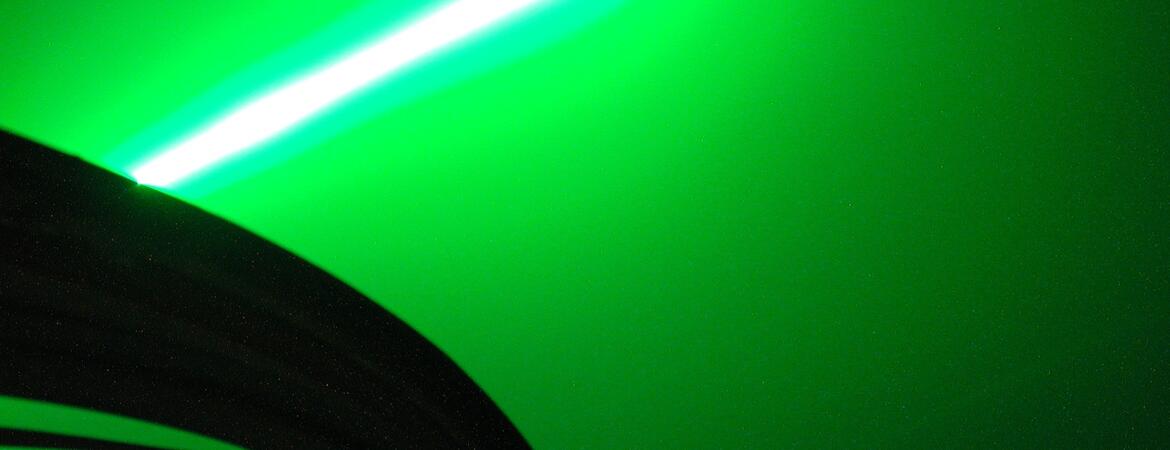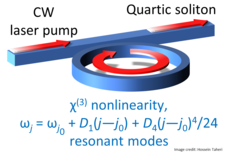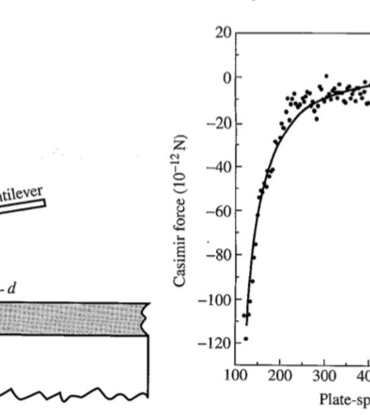A researcher at the University of California, Riverside has predicted a class of light pulses that could eventually make optical communication sources smaller, cheaper, and better performing.
Modern day optical communication systems rely on lasers. Reducing the physical footprint, weight, and production cost of lasers while improving their performance specifications has been an enduring goal for physicists and optical engineers since the first laser was invented more than 60 years ago. The generation of optical pulses in small-footprint optical microresonators— micron-sized reservoirs for photons— in recent years has proven one of the most important steps toward that goal.
Optical pulses are made up of light with different equidistant frequencies all oscillating synchronously. When generating and using these pulses something called ‘group velocity dispersion’ happens: the constituent frequencies propagate in a medium, for instance a length of optical fiber, with different velocities. As a result, they gradually fall out of synchrony and the pulse broadens. This effect is a manifestation of the familiar phenomenon responsible for dispersing light passing through a prism, the creation of a rainbow, or the apparent bending of a stick at the point where it enters water.
There is a class of pulses, called solitons, which maintain their shape and power upon traveling. Solitons have been observed in various physical systems from water waves to plasmas and optical fibers and have created a large body of literature in the past decades. The robust propagation of such pulses is the result of dispersion being compensated by another property of their host media, such as the optical fiber, called nonlinearity. In a nonlinear optical system, the input and output light can have different frequencies, or colors; in a linear system they cannot.
Although dispersion may appear as a debilitating artifact we should avoid, it is a prerequisite for solitons. It can be compared to friction which in general wastes energy but we cannot walk on the ground without it.
In a new paper featured as an editor’s pick in the journal Optics Letters, Hossein Taheri, an assistant research professor of electrical and computer engineering in the Marlan and Rosemary Bourns College of Engineering at UC Riverside, uses mathematical and numerical techniques to predict that a new group of pulses, called dissipative pure quartic solitons, or PQSs, arise when dispersion vanishes and barely changes with frequency. In technical terms, this is when 2nd- and 3rd-order dispersion parameters vanish and the much smaller 4th-order dispersion becomes dominant.
One side of the nonlinearity-dispersion balanced scale appears to shrink significantly in this case. But nature finds a way to create yet another type of robust pulses, the PQS, by striking a new balance with certain remarkable advantages.
Taheri shows that, in comparison with previously observed standard dissipative solitons, a much larger fraction of the various frequencies comprising dissipative PQSs have more or less the same power. This property ideally qualifies them as sources for the so-called wavelength-division multiplexing, or WDM, optical communication systems. WDM modules ‘write’ different data streams on light with different frequencies and send them all together on an optical fiber. Currently they use one laser source per frequency. Adopting microresonator-based PQS pulses allows getting rid of all but one of these lasers.
WDM optical modules are utilized heavily in data centers, which are large groups of networked computer servers used for the remote storage, processing, or distribution of huge amounts of data. Data center consume immense amounts of power. Industrial-scale data centers, like those of Google or Facebook, use as much electricity as a small town. The energy efficiency of PQSs can significantly reduce power consumption in data centers.
Microresonator-based dissipative solitons were predicted theoretically back in 2011 and observed experimentally for the first time in 2013. This important demonstration encouraged more focused research on microcombs and led to their use in a variety of applications such as in the search for exoplanets, identifying unknown gases, and LiDAR, the higher-frequency and smaller-wavelength counterpart of RADAR providing faster and more accurate measurements. There are already companies working on deploying microcombs in self-driving and self-parking cars and a few observatories are using microcombs for calibrating astronomical observations.
“Similar to the 2011 prediction of dissipative solitons in optical microresonators,” said Taheri “we hope that our work will excite experimental demonstrations and empower the current as well as novel applications”.
The work described above is reported in Hossein Taheri and Andrey B. Matsko, “Quartic dissipative solitons in optical Kerr cavities,” Opt. Lett. 44, 3086-3089 (2019): https://doi.org/10.1364/OL.44.003086.






